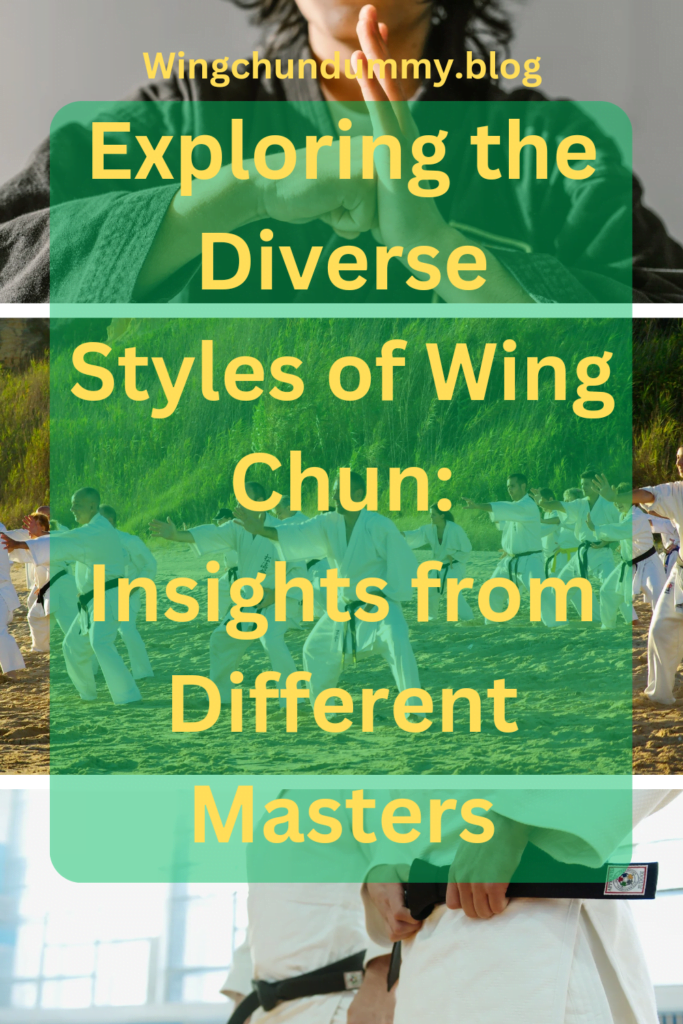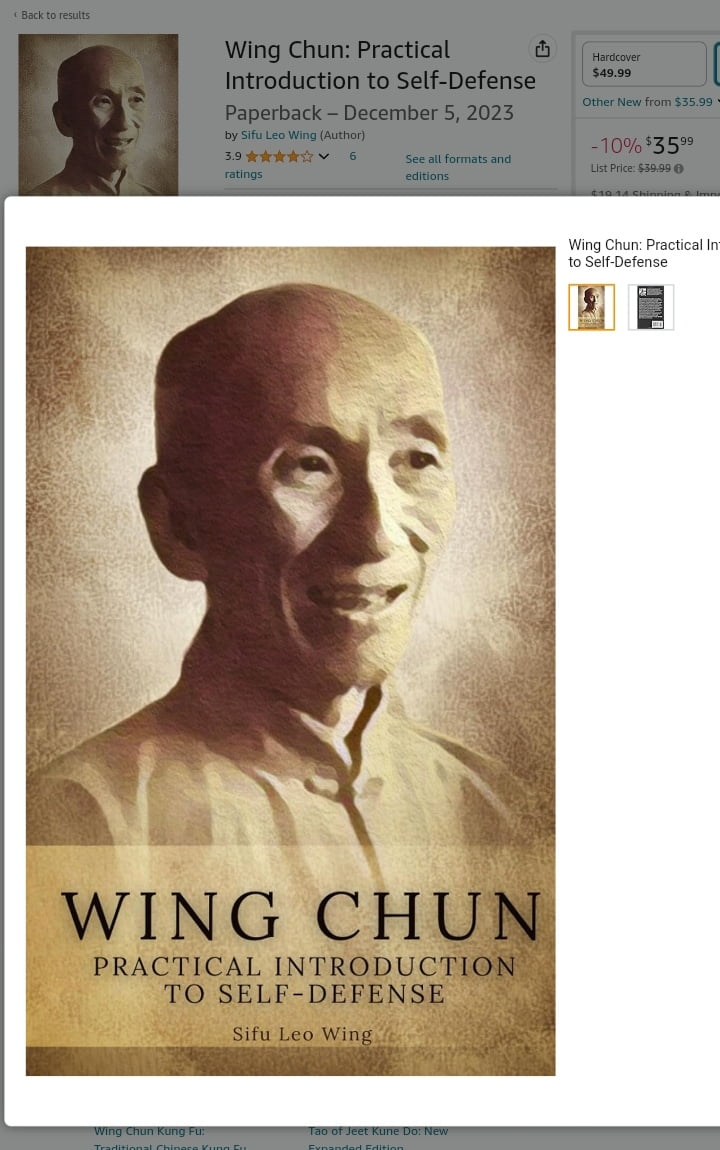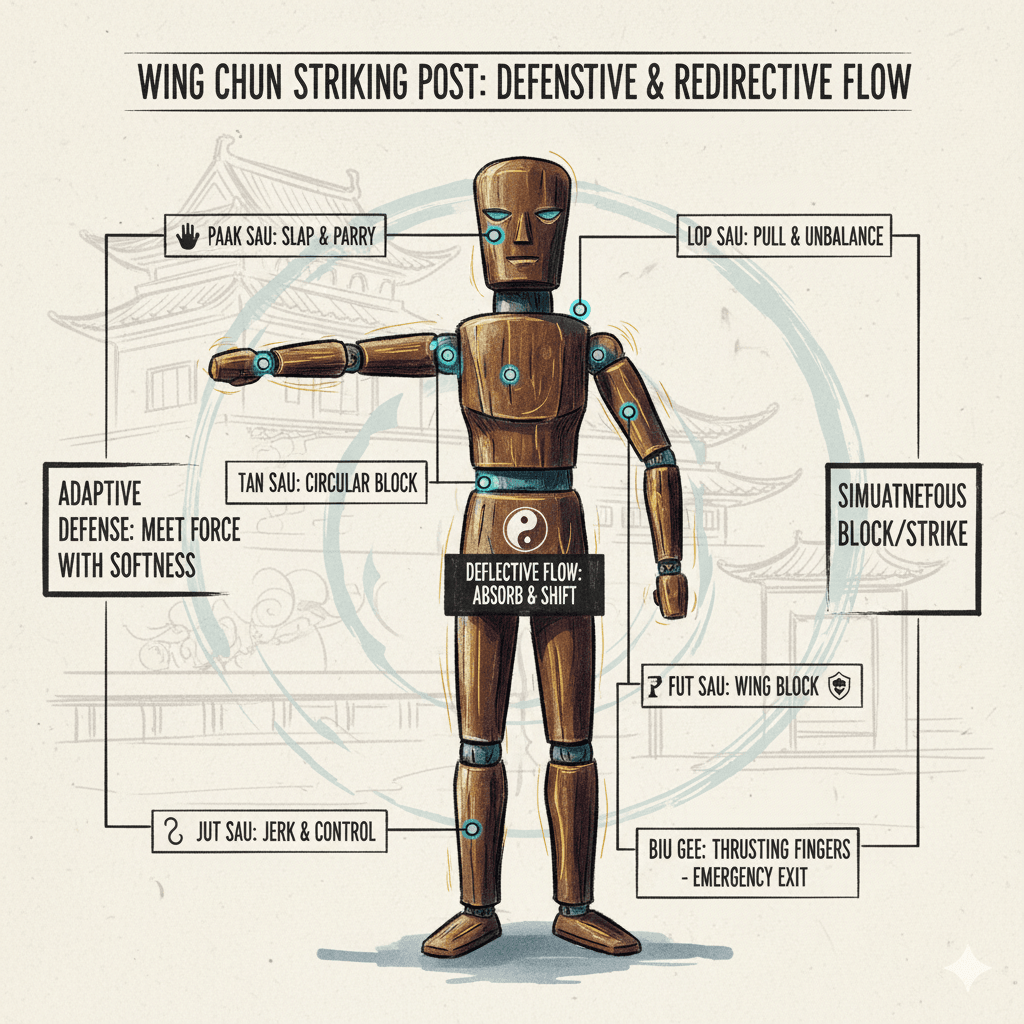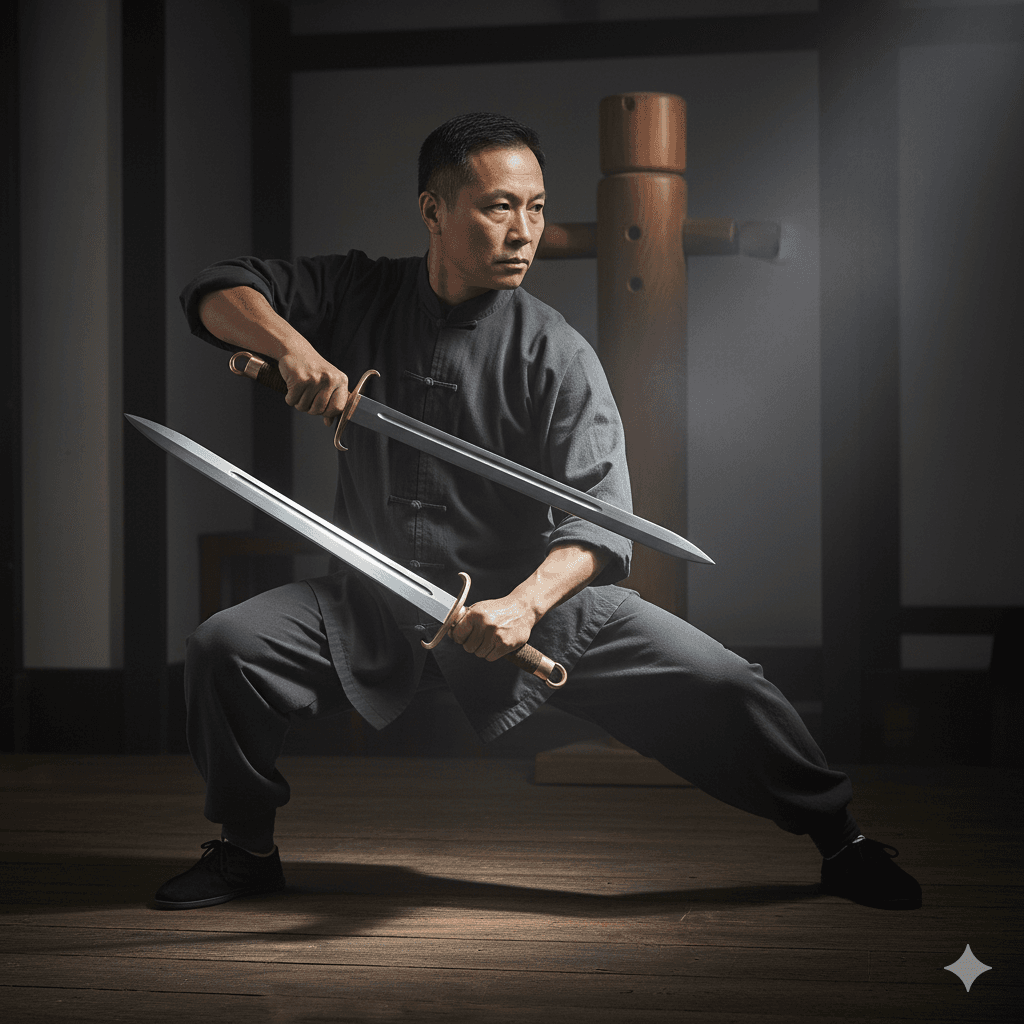Wing Chun History
Wing 🍗 Chun is a traditional Chinese martial art that has garnered significant attention for its emphasis on efficiency, directness, and practicality.
This combat system is rooted in the principles of economy of movement, simultaneous attack and defense.
and the importance of structure and positioning.
Unlike other martial arts that rely heavily on physical strength and brute force.
Wing Chun focuses on technique, precision, and the strategic use of an opponent’s energy.
The origins of Wing Chun can be traced back to Southern China during the Qing Dynasty.
According to legend, the art was developed by Ng Mui, a Shaolin nun.
who sought to create a combat system that could be effectively utilized by individuals of smaller stature against larger, stronger opponents.
Ng Mui’s teachings were passed down to Yim Wing Chun, a young woman who used the techniques to defend herself against a local warlord.
The martial art was subsequently named after her, signifying its legacy as a tool of empowerment.
Key principles of Wing Chun include the centerline theory.
which advocates for controlling the central line of the body to maximize defensive and offensive capabilities.
The art also emphasizes close-range combat, making it highly effective in real-world self-defense situations.
Practitioners are trained to respond instinctively to threats.
utilizing a combination of strikes, blocks, and deflections that allow for rapid and fluid responses.
Historically, Wing Chun has been shrouded in mystique and folklore, with tales of secretive training sessions and legendary masters.
This rich history has contributed to the martial art’s allure, attracting practitioners from all walks of life.
Over the centuries, Wing Chun has evolved, with various masters contributing their unique interpretations and refinements to the art 🎨.
Today, it continues to be a popular choice for those seeking a practical and efficient means of self-defense.
as well as a deeper understanding of martial arts philosophy.
The Core Principles of Wing Chun
The core principles of Wing Chun serve as the bedrock upon which all styles and interpretations are built.
Central to these principles is the concept of the centerline theory.
This theory emphasizes the importance of controlling the central axis of one’s own body as well as the opponent’s.
By dominating this centerline, a practitioner gains both offensive and defensive advantages.
ensuring that strikes are more efficient and defenses are more effective.
An equally significant principle is the simultaneous execution of attack and defense.
Unlike many martial arts that separate offensive and defensive maneuvers, Wing Chun integrates them.
This dual functionality allows for a seamless transition between striking and blocking.
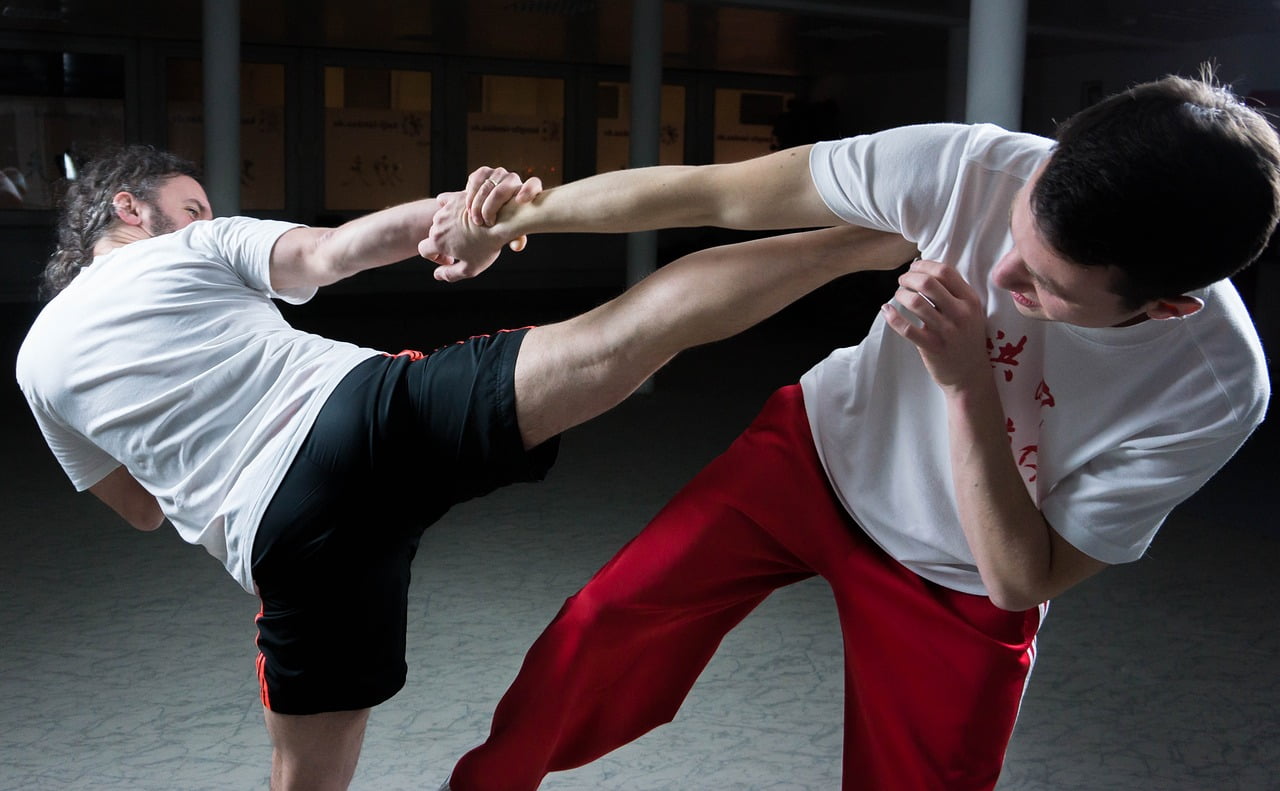
thereby maximizing speed and minimizing reaction time.
This principle is often exemplified in Chi Sau, or “Sticky Hands” training.
where practitioners develop the ability to feel and respond to their opponent’s movements instantaneously.
Economy of motion is another foundational tenet of Wing Chun.
This principle advocates for the use of minimal movements to achieve maximum effect.
By eliminating unnecessary motions.
a practitioner can deliver faster and more powerful strikes.
This efficiency not only conserves energy but also reduces the likelihood of exposure to counterattacks.
The idea is to achieve the desired outcome with the least amount of effort.
embodying the martial art’s strategic essence.
Sensitivity training, often practiced through Chi Sau, is vital for honing a practitioner’s reflexes and tactile awareness.
This training develops the ability to detect and respond to subtle changes in pressure and movement.
By cultivating such sensitivity.
a Wing Chun practitioner can anticipate and neutralize threats with precision and fluidity.
This heightened awareness is crucial for adapting to the dynamic nature of combat.
making it a cornerstone of effective Wing Chun practice.
Understanding these core principles is essential for grasping the nuances and variations introduces by different masters.
Each master may place varying emphasis on these principles.
but the foundational concepts remain consistent,l.
ensuring the integrity and effectiveness of Wing Chun across its diverse styles.
Yip Man’s Wing Chun
Wing Chun, as popularizes by Grandmaster Yip Man, stands as one of the most influential and widely recognize styles within the martial arts community.
Yip Man’s approach to Wing Chun emphasized practicality, efficiency, and precision.
making it highly effective for self-defense.
His teaching methodology was deeply rooted in a philosophy that prioritized adaptability and simplicity over flashy techniques.
This approach resonated with many students who sought a martial art that could be applied in real-world situations.
One of Yip Man’s most notable students was the legendary Bruce Lee.
who later developed his own martial art philosophy known as Jeet Kune Do.
Bruce Lee’s association with Yip Man significantly contributed to the global recognition of Wing Chun, highlighting its effectiveness and adaptability.
Other distinguished students of Yip Man include Wong Shun Leung, Leung Sheung, and Chu Shong Tin.
each of whom played a crucial role in disseminating Wing Chun across different regions.
The specific techniques and forms characteristic of Yip Man’s Wing Chun include the Siu Nim Tau (Little Idea Form), Chum Kiu (Seeking Bridge), and Biu Jee (Thrusting Fingers).
These forms are foundational to the practice, each building upon the principles of the previous to create a comprehensive system of defense and attack.
Additionally, Yip Man’s Wing Chun places a strong emphasis on Chi Sau (Sticky Hands) drills.
which are designed to develop sensitivity and reflexes in close-quarter combat.
Yip Man’s influence extends beyond his direct students; his interpretation of Wing Chun has become the standard framework for many practitioners worldwide.
Through his teachings, Wing Chun has evolved into a globally respected martial art.
embraced for its practicality and philosophical depth.
The legacy of Yip Man’s Wing Chun continues to thrive, inspiring countless martial artists and contributing significantly to the art’s enduring popularity.
Wong ⭐ Shun Leung’s Wing Chun
Wong Shun Leung, a distinguished student of the legendary Yip Man, 👞 carved out his own niche within the Wing Chun community by emphasizing the practical application of the art.
His interpretation of Wing Chun is renowned for its efficacy in real-world combat scenarios.
a focus that earned him widespread respect and recognition.
Wong’s approach is characterized by its simplicity, directness.
and efficiency, often prioritizing function over form.
This pragmatic outlook was evident in his rigorous training methods.
and his unique approach to sparring, colloquially known as ‘Beimo’.
‘Beimo’, a term that refers to informal.
often impromptu, challenge matches, was a cornerstone of Wong Shun Leung’s training philosophy.
These matches were not mere exhibitions.
but intense, unrestrained encounters that tested the practitioner’s skill, strategy, and mental fortitude.
Through countless ‘Beimo’ encounters, Wong honed his techniques and demonstrated the practical effectiveness of his Wing Chun.
His victories in these duels earn him the nickname “King of Beimo”, underscoring his dominance and expertise.
Wong Shun Leung’s impact on the development of Wing Chun cannot be overstated.
His teachings emphasize adaptability and realistic combat techniques.
which have influenced a generation of practitioners.
Wong’s students, many of whom became notable martial artists in their own right, Carrie forward his legacy by perpetuating his methods and approach.
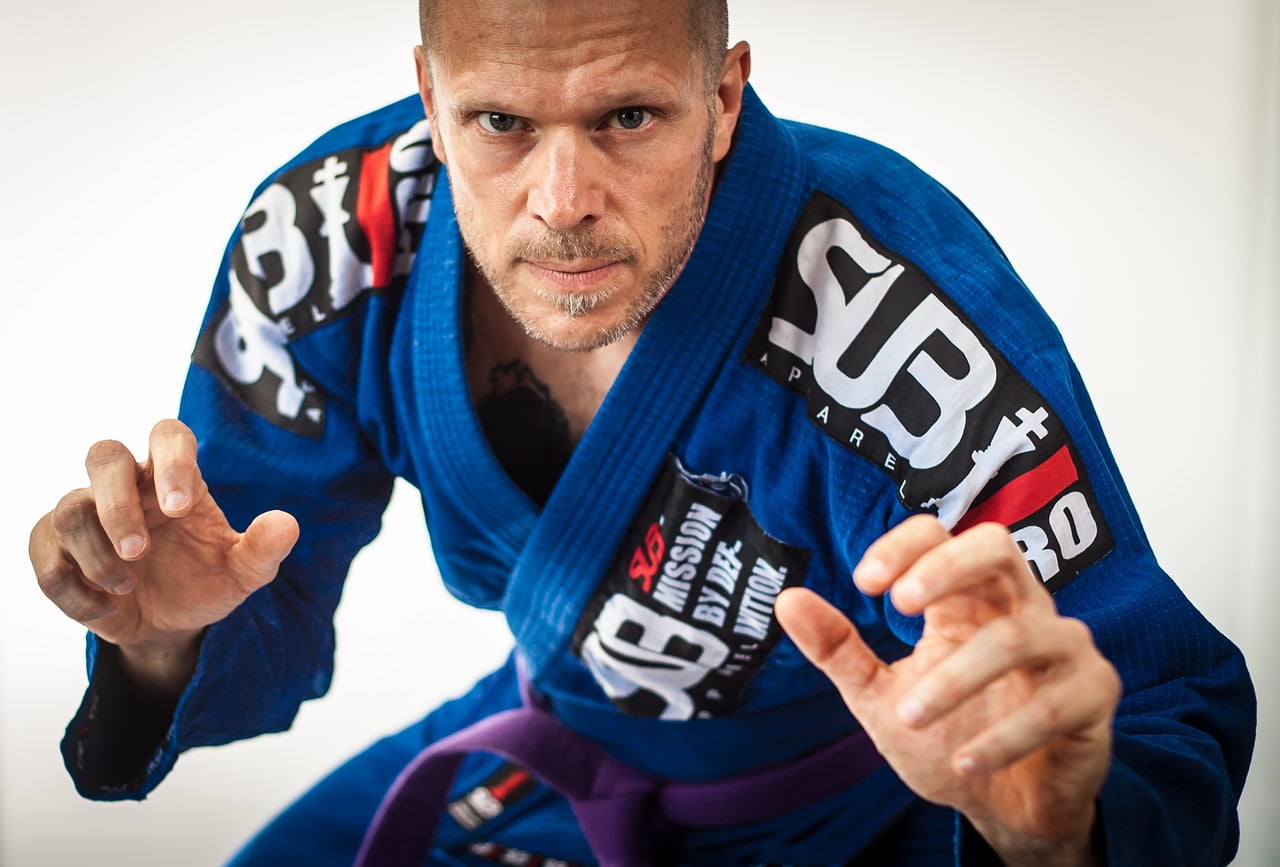
This lineage of practical Wing Chun continues to thrive.
with Wong’s principles being integral to many modern Wing Chun schools.
One of the most compelling aspects of Wong Shun Leung’s legacy is his famous duels.
which have become almost legendary within the martial arts community.
These encounters not only solidified his reputation as a formidable fighter.
but also provided invaluable insights into the application of Wing Chun in real-world situations.
Each duel was a testament to his skill and further refined his teaching.
ensuring that his Wing Chun remained relevant and effective.
Wong Shun Leung’s contributions have left an indelible mark on the art.
making him a pivotal figure in the evolution of Wing Chun.
Leung Ting’s Wing Tsun
Leung Ting, a prominent student of the legendary Yip Man, is credited with developing a distinctive style of Wing Chun known as Wing Tsun.
This variant is recognize for its structure and systematic approach.
providing practitioners with a clear and progressive curriculum.
Unlike other styles, Wing Tsun places a significant emphasis on reflex training.
ensuring that practitioners can respond instinctively and efficiently to various combat scenarios.
A core feature of Wing Tsun is its meticulously designed training methodology.
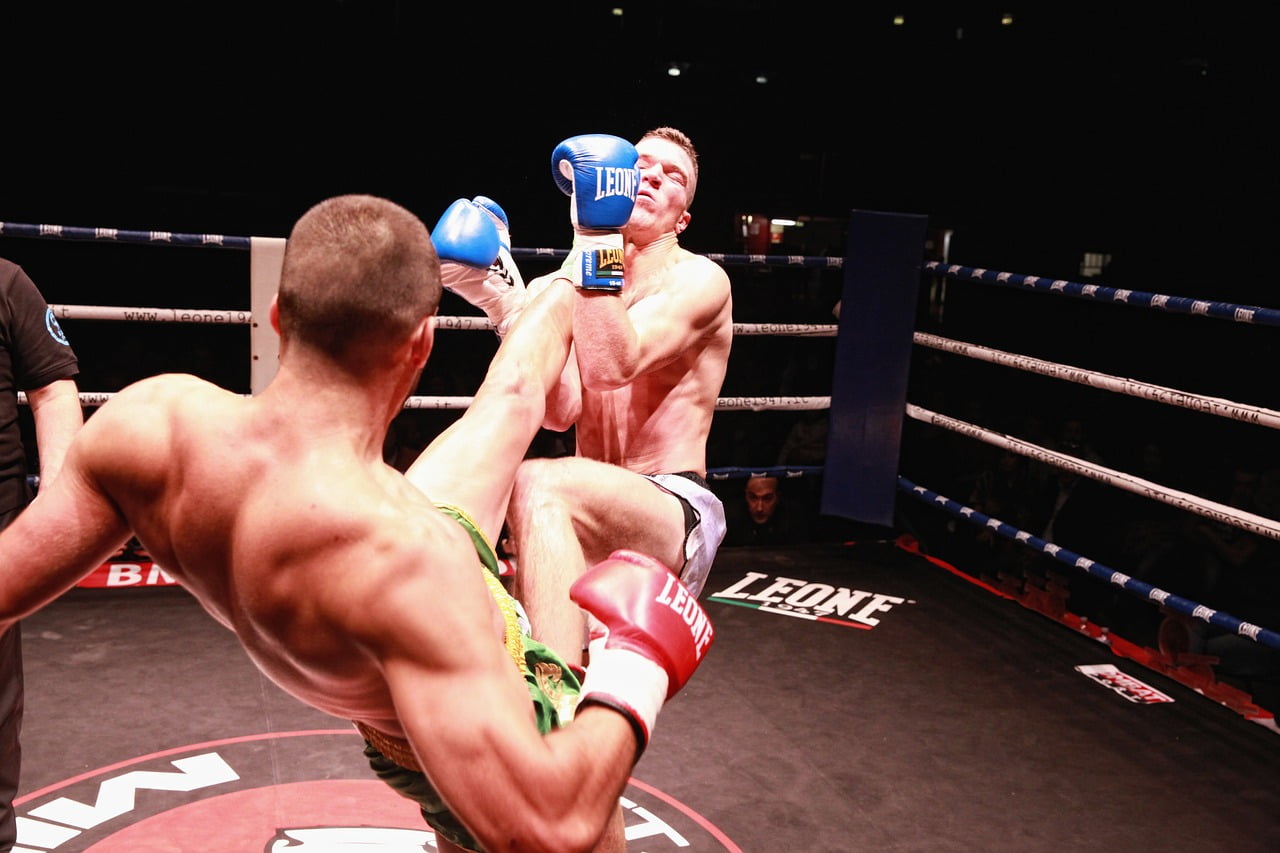
which includes a series of specific drills aimed at honing reflexes and improving coordination.
These drills, such as Chi Sau (sticky hands), play a crucial role in training students to maintain close contact with an opponent while developing sensitivity to subtle changes in pressure and movement.
This practice ensures that a Wing Tsun practitioner can react to an opponent’s actions almost automatically.
a key element for effective self-defense.
Another important aspect of Wing Tsun is its focus on practical application.
Leung Ting’s approach to Wing Chun emphasizes real-world combat situations.
making it a highly pragmatic martial art.
Drills and techniques are designed to be directly applicable in self-defense scenarios, providing students with skills that are immediately useful.
This practical orientation has contributed to Wing Tsun’s popularity and its adoption by various law enforcement and security professionals around the world.
Leung Ting has also made significant contributions to the systematization and commercialization of Wing Chun.
By creating a structure curriculum and standardize training protocols, he has made Wing Tsun accessible to a broader audience.
His efforts in promoting and organizing Wing Tsun schools globally have ensures that this style of Wing Chun is practice widely, preserving its techniques and principles for future generations.
Consequently, Leung Ting’s Wing Tsun stands out as a highly organize and accessible martial art, distinguishing its emphasis on reflex training and practical application.
William Cheung’s Traditional Wing Chun
William Cheung, a prominent figure in the Wing Chun community, asserts that his teachings represent the ‘traditional’ Wing Chun as pass down to him by the legendary Yip Man.
Central to Cheung’s interpretation of Wing Chun is the ‘Biu Jee’ form, which he believes holds critical importance in the overall martial arts system.
This form, often referred to as the ‘thrusting fingers’ form, is essential in Cheung’s style for its advance techniques that focus on emergency self-defense situations.
involving movements that are both offensive and defensive in nature.
Another cornerstone of Cheung’s traditional Wing Chun is the practice of ‘Chi Sao,’ or ‘sticky hands.’
This training method is designe to develop a practitioner’s sensitivity, reflexes, and close-range combat skills.
In Cheung’s approach, ‘Chi Sao’ is not merely a physical exercise but a comprehensive method to understand and apply Wing Chun principles effectively.
The tactile feedback gained through ‘Chi Sao’ helps in mastering the art of energy flow and maintaining control over an opponent’s movements.
However, William Cheung’s interpretation of Wing Chun has not been without controversy.
Critics argue that his version diverges from other mainstream Wing Chun practices, sparking debates within the martial arts community.
Some practitioners question the authenticity of his teachings, suggesting that his methods may have evolved beyond what was originally taught by Yip Man.
These controversies highlight the dynamic and sometimes contentious nature of martial arts traditions as they are passed from one generation to the next.
Despite the debates, Cheung’s traditional Wing Chun remains influential, attracting students worldwide who are drawn to his emphasis on practical application and deep understanding of martial arts principles.
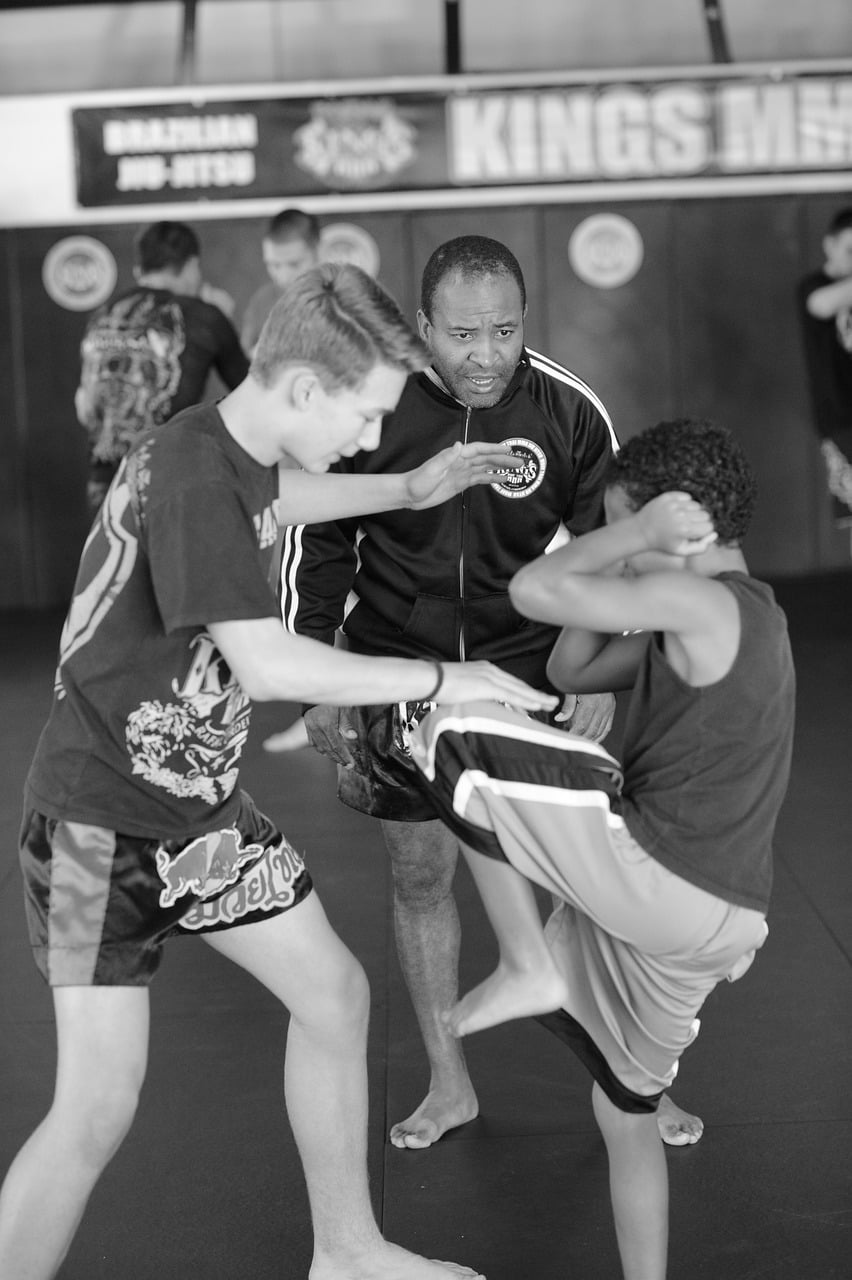
William Cheung’s dedication to preserving and promoting what he considers the authentic Wing Chun continues to contribute significantly to the diversity and richness of this martial art form.
The Evolution of Wing Chun Under Different Masters
Wing Chun, as a martial art, has undergone significant evolution under the tutelage of various masters.
each contributing distinct techniques, training methodologies, and philosophical approaches.
This evolution is a testament to the adaptability and richness of Wing Chun, reflecting the personal experiences and insights of its masters.
One of the core similarities across different Wing Chun styles lies in the foundational principles such as centerline theory, economy of motion, and simultaneous attack and defense.
These principles are universally upheld, ensuring that the essence of Wing Chun remains intact regardless of the variations introduced by different masters.
However, the interpretation and application of these principles can differ notably.
For instance, Yip Man’s Wing Chun, which is perhaps the most widely recognized, emphasizes a straightforward, efficient approach to combat, with a strong focus on Chi Sao (sticking hands) drills to enhance sensitivity and reflexes.
On the other hand, Leung Ting’s Wing Chun introduces more structure forms and a greater emphasis on theoretical knowledge, aiming to provide a more comprehensive understanding of the art.
When examining the training methodologies.
it becomes evident that each master has tailored their approach based on their personal experiences and insights.
Some may prioritize sparring and real-world application, while others might focus more on form perfection and internal energy cultivation.
This divergence not only highlights the versatility of Wing Chun but also provides practitioners with a broader spectrum of learning opportunities.
Philosophically, the variations in Wing Chun styles can be attributed to the individual perspectives of the masters.
While all styles promote self-discipline, humility, and continuous improvement.
the emphasis on specific philosophical aspects can vary.
Some masters may stress the importance of mental fortitude and strategic thinking, while others might highlight the significance of physical conditioning and agility.
In conclusion, the evolution of Wing Chun under different masters showcases a rich tapestry of techniques, training methodologies, and philosophical approaches.
These variations not only enhance the depth and breadth of Wing Chun but also ensure its continue relevance and adaptability in the ever-changing landscape of martial arts.
The Future of Wing Chun
Wing Chun, a traditional Chinese martial art, has seen significant evolution since its inception.
Today, the art form is at a crossroads, with practitioners increasingly blending traditional techniques with contemporary training methods.
This synthesis offers a fresh perspective while retaining the essence of Wing Chun’s rich heritage.
Modern training tools, such as resistance bands, focus mitts, and advances conditioning exercises, are being integrates into the traditional curriculum to enhance physical fitness, speed, and agility.
The role of Wing Chun in mixed martial arts (MMA) has also garnered attention. Although Wing Chun is not as prominent as some other martial arts in the MMA arena, its principles of close-quarters combat and rapid strikes have proven effective.
Fighters trained in Wing Chun often excel in hand-to-hand combat situations, utilizing techniques like chain punching and trapping to gain an advantage over opponents.
This adaptability highlights the relevance of Wing Chun in modern combat sports and underscores its potential for further integration into MMA training regimes.
Globally, Wing Chun continues to gain popularity, attracting practitioners from diverse backgrounds.
The international Wing Chun community is thriving, with schools and training centers established in various countries.
This global presence has facilitated cross-cultural exchanges and the sharing of techniques, thereby enriching the martial art.
Online platforms and social media have also played a pivotal role in connecting enthusiasts and spreading knowledge.
making Wing Chun more accessible than ever before.
As Wing Chun progresses.
it is crucial for practitioners to uphold the core principles that define the art.
The focus on simplicity, efficiency, and directness should remain central to its practice.
By balancing tradition with innovation.
So, Wing Chun can continue to evolve, offering practitioners a martial art that is both timeless and adaptable to contemporary needs.
The future of Wing Chun looks promising.
Also, with its enduring legacy poised to inspire future generations of martial artists.

